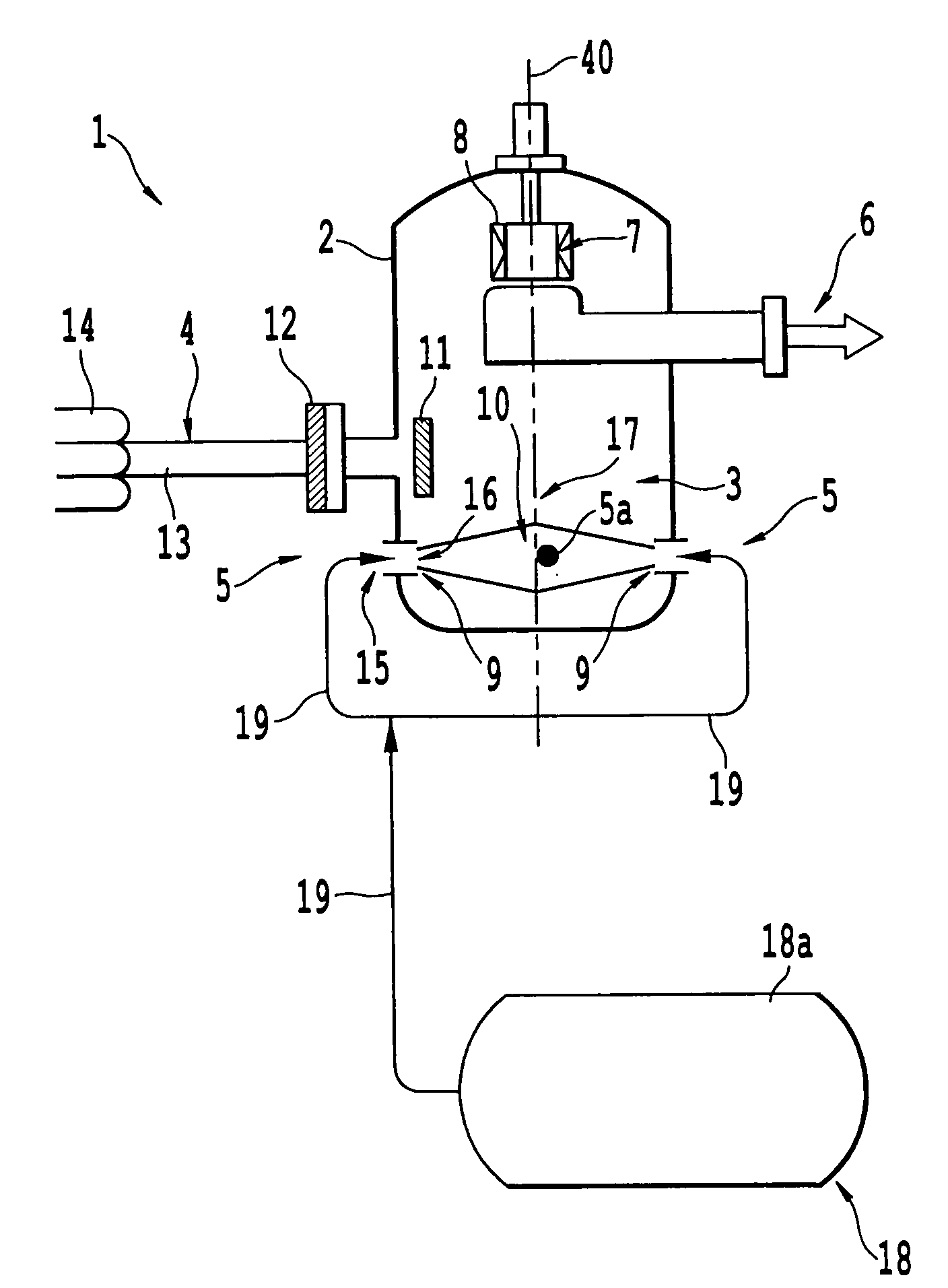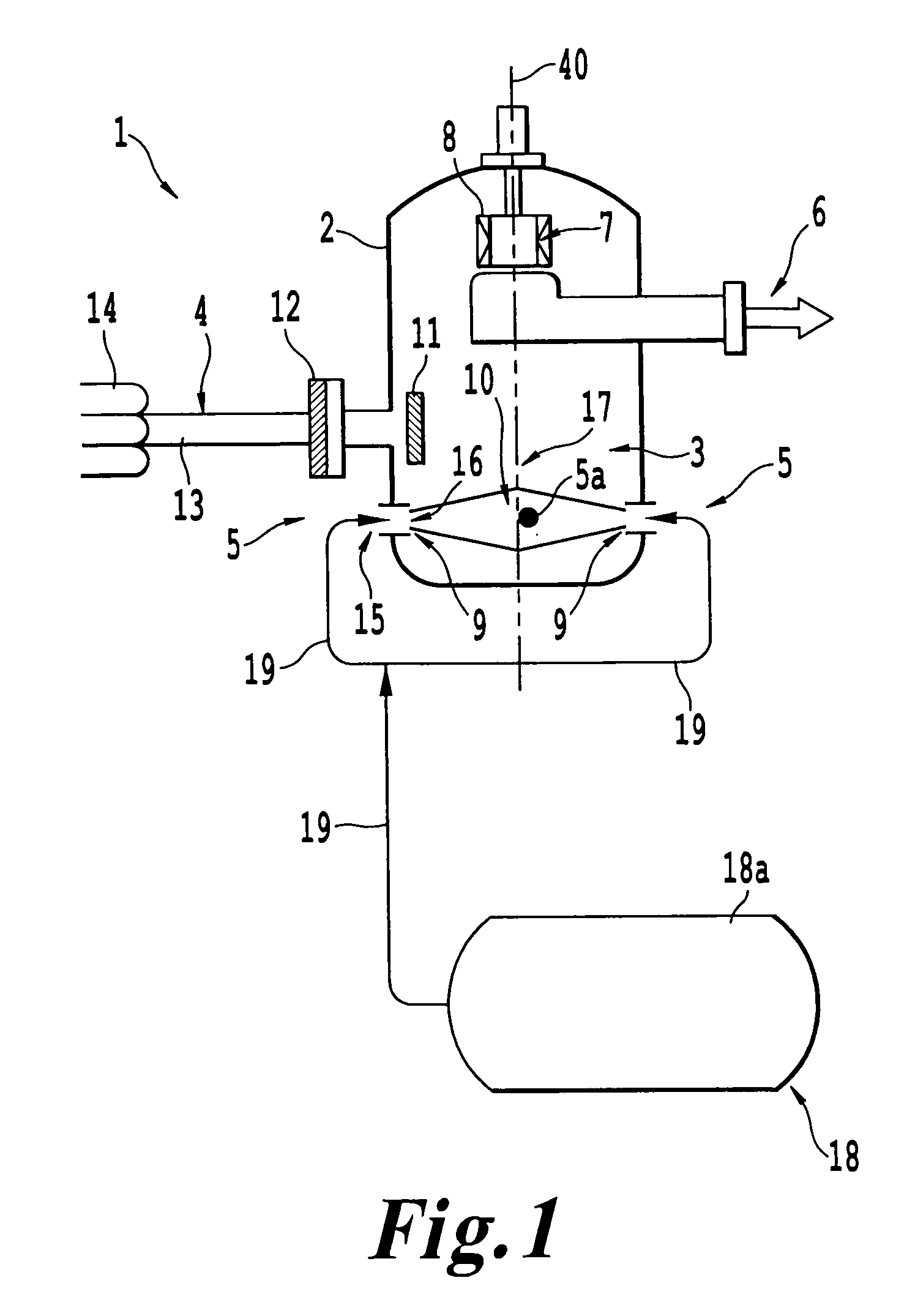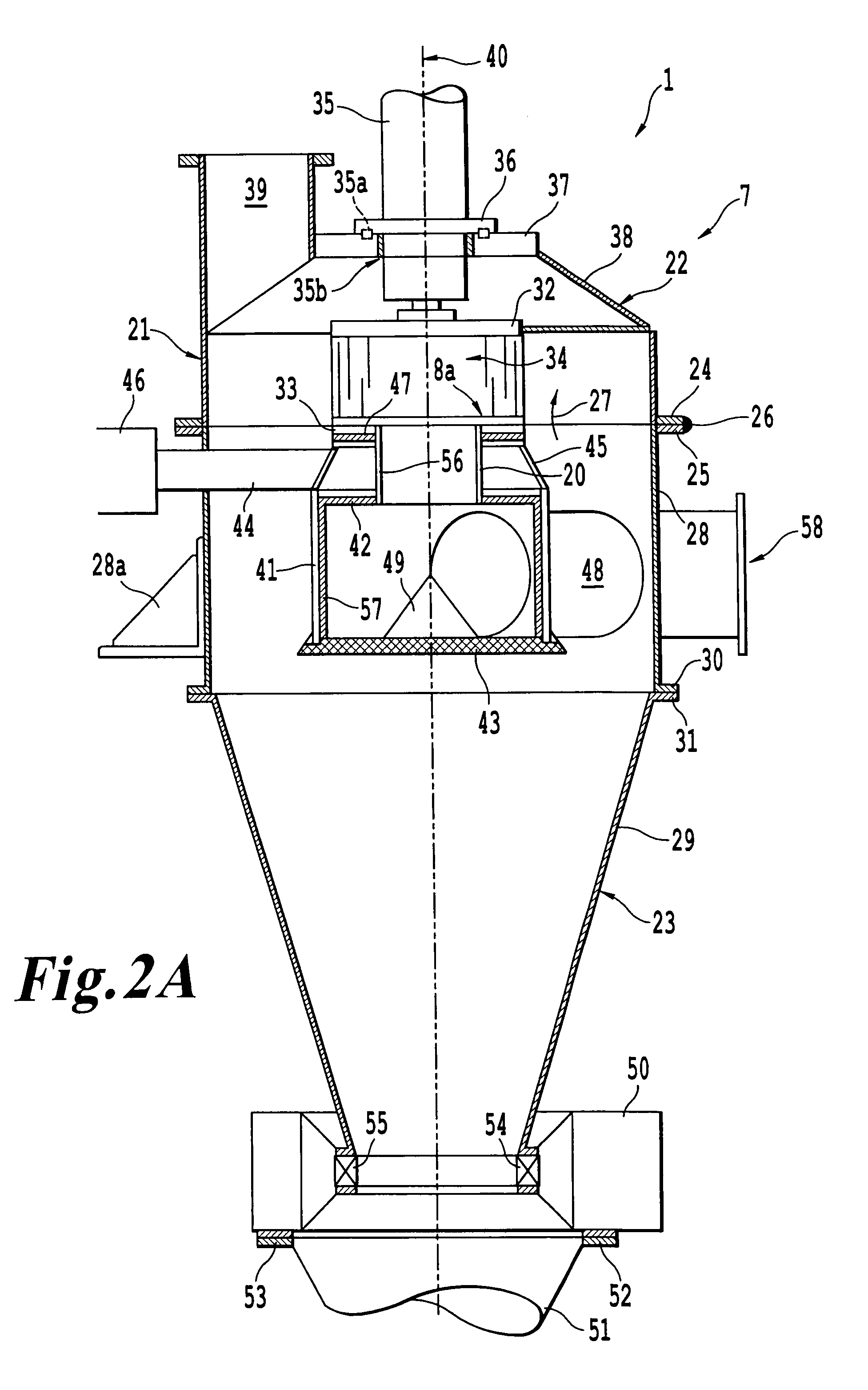Amorphous submicron particles
a submicron particle and amorphous technology, applied in the field of pulverulent amorphous solids, can solve the problems of inability to mill to a median particle diameter and inability to achieve the effect of less than 1 m of particle diameter
- Summary
- Abstract
- Description
- Claims
- Application Information
AI Technical Summary
Benefits of technology
Problems solved by technology
Method used
Image
Examples
examples
[0121]The reaction conditions and the physicochemical data of the precipitated silicas according to the invention were determined by the following methods:
[0122]Particle Size Determination
[0123]In the following examples, particle sizes which were measured by one of the three following methods are mentioned at various points. The reason for this is that the particle sizes mentioned there extend over a very wide particle size range (˜100 nm to 1000 μm). Depending on the expected particle size of the sample to be investigated, a different method from among the three particle size measurement methods may therefore be suitable in each case.
[0124]Particles having an expected median particle size of about >50 μm were determined by means of screening. Particles having an expected median particle size of about 1-50 μm were investigated by means of the laser diffraction method, and TEM analysis+image evaluation were used for particles having an expected median particle size of <1.5 μm.
[0125]T...
examples 1-3
Milling According to the Invention
[0217]For preparation for the actual milling with superheated steam, a fluidized-bed opposed jet mill according to FIGS. 1, 2a and 3a was first heated to a mill exit temperature of about 105° C. via the two heating nozzles 5a (only one of which was shown in FIG. 1) through which hot compressed air at 10 bar and 160° C. was passed.
[0218]For depositing the milled material, a filter unit (not shown in FIG. 1) was connected downstream of the mill, the filter housing of which filter unit was heated in the lower third indirectly via attached heating coils by means of 6 bar saturated steam, likewise for preventing condensation. All apparatus surfaces in the region of the mill, of the separation filter and of the supply lines for steam and hot compressed air were specially insulated.
[0219]After the desired heat-up temperature had been reached, the supply of hot compressed air to the heating nozzles was switched off and the supply of superheated steam (38 ba...
PUM
| Property | Measurement | Unit |
|---|---|---|
| Temperature | aaaaa | aaaaa |
| Length | aaaaa | aaaaa |
| Pressure | aaaaa | aaaaa |
Abstract
Description
Claims
Application Information
 Login to View More
Login to View More - R&D
- Intellectual Property
- Life Sciences
- Materials
- Tech Scout
- Unparalleled Data Quality
- Higher Quality Content
- 60% Fewer Hallucinations
Browse by: Latest US Patents, China's latest patents, Technical Efficacy Thesaurus, Application Domain, Technology Topic, Popular Technical Reports.
© 2025 PatSnap. All rights reserved.Legal|Privacy policy|Modern Slavery Act Transparency Statement|Sitemap|About US| Contact US: help@patsnap.com



